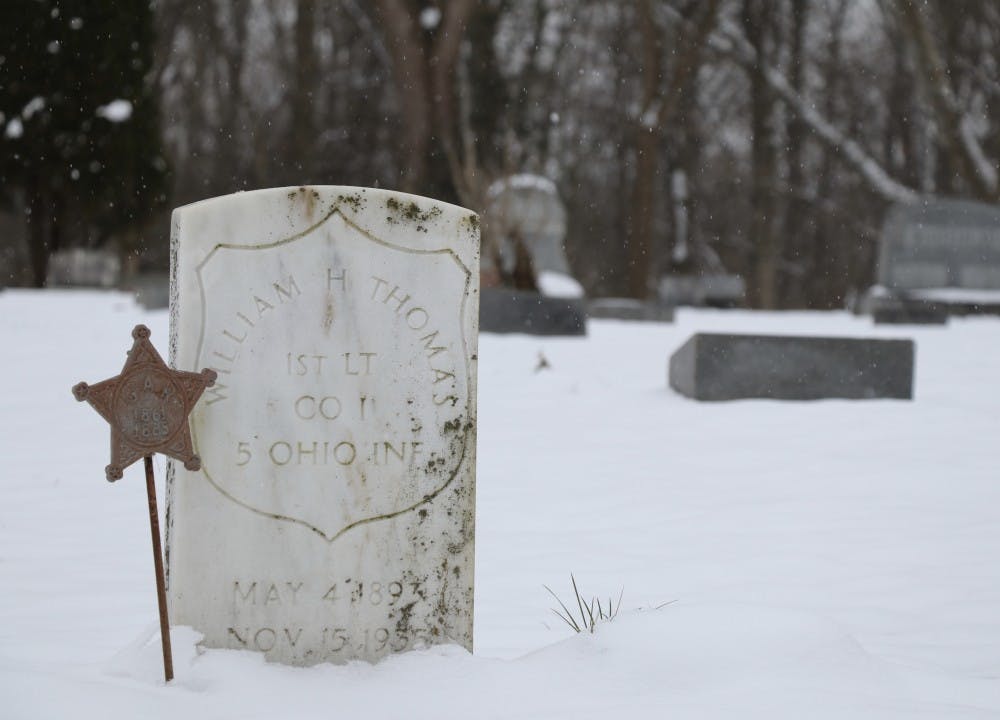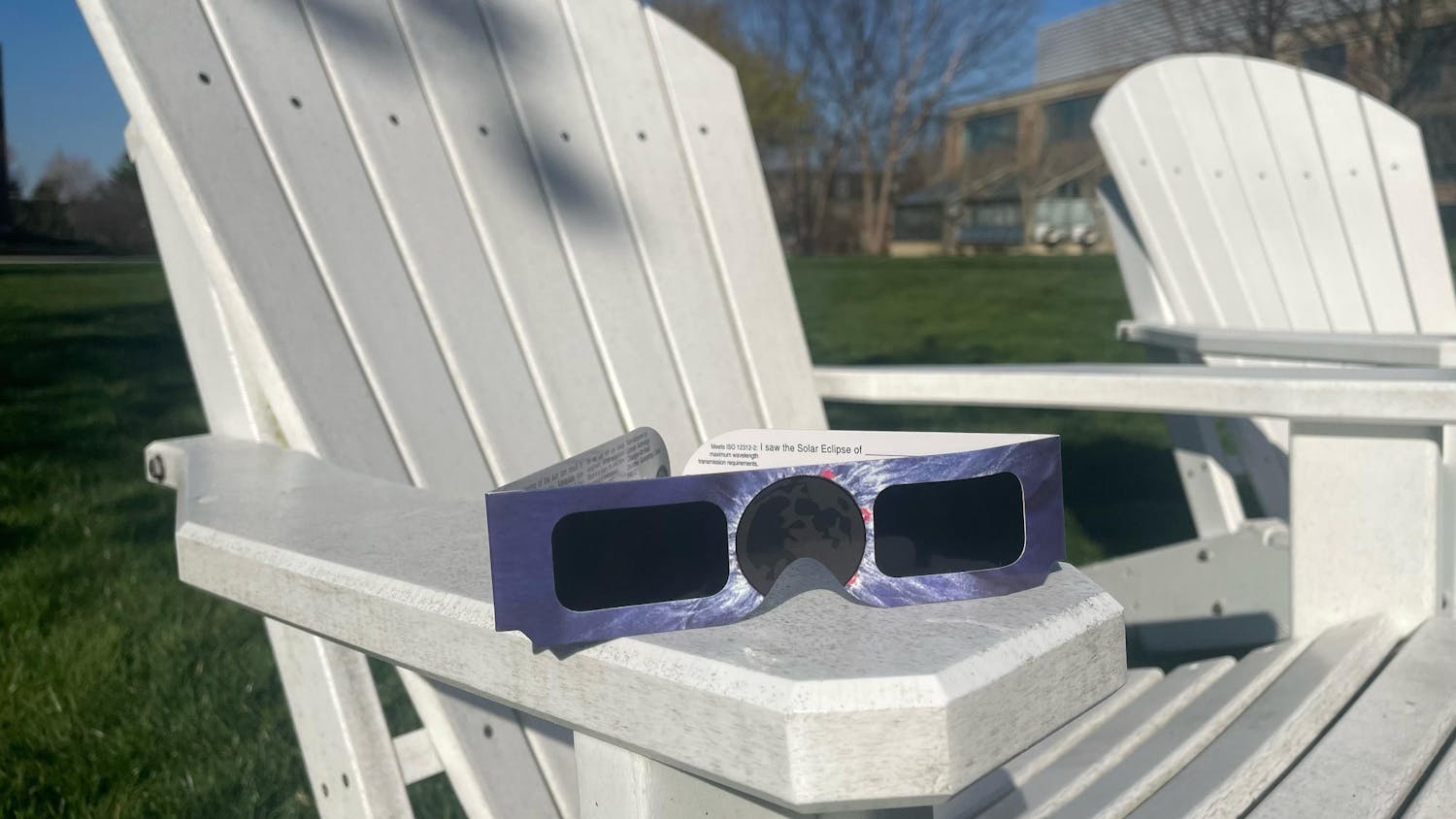William Hannibal Thomas, the first African-American student admitted to Otterbein, withdrew in his first nine weeks at the university after receiving multiple dangerous threats from peers and faculty alike. Thomas' controversial time at Otterbein creates a sharp contrast to the ever-inclusive atmosphere Otterbein is presently known for. Thomas was admitted to the fall class of 1859. According to Thomas, in the first ten days of his college career, he witnessed public gatherings of students threatening his life. He was assaulted in the streets and pages were torn from his textbooks. The most dramatic event took place when he was stabbed with needles during one of his lectures. When he fled the building, he was met with a mob of students who pelted him with snowballs that concealed rocks. During the assault, professors and administration idly stood by while some joked at his expense.
This public humiliation led the Rev. William Hanby and other trustees to ask Thomas to withdraw from the college, or be expelled. They expressed that they'd be willing to pay for his education if he transferred to Oberlin College.
In a memoir, Thomas said, “I may be blamed for not accepting the offer to be sent to Oberlin College, but I had sound reasons for distrusting so exigent a promise, which, if made in good faith, was impossible to fulfill, for the simple reason that its sponsors were too poor to redeem their pledge.”
Though Thomas withdrew after his first quarter at Otterbein, the consequences of his decision resonated with his family. His younger brothers were removed from school due to their relationship with him.
After withdrawing from Otterbein, Thomas worked on a farm and later joined the army at the start of the Civil War. He served in the 5th U.S. Colored Infantry but was discharged after losing his right arm in 1865. For some time afterward, Thomas worked as a journalist, teacher, theologist, lawyer, officer and elected official.
He later went on to author the novel, “The American Negro” in 1901, which depicts African-Americans, particularly women, as inferior to white people. The book gained popularity among white supremacists of its age. Abolitionists including W.E.B. Du Bois and Booker T. Washington criticized it, referring to Thomas as “Black Judas.”
Thomas attempted to return to Otterbein to obtain his Ph.D. but was denied admittance because he'd never earned an undergraduate degree. He went on to work as a janitor in Columbus until his death in 1935.






